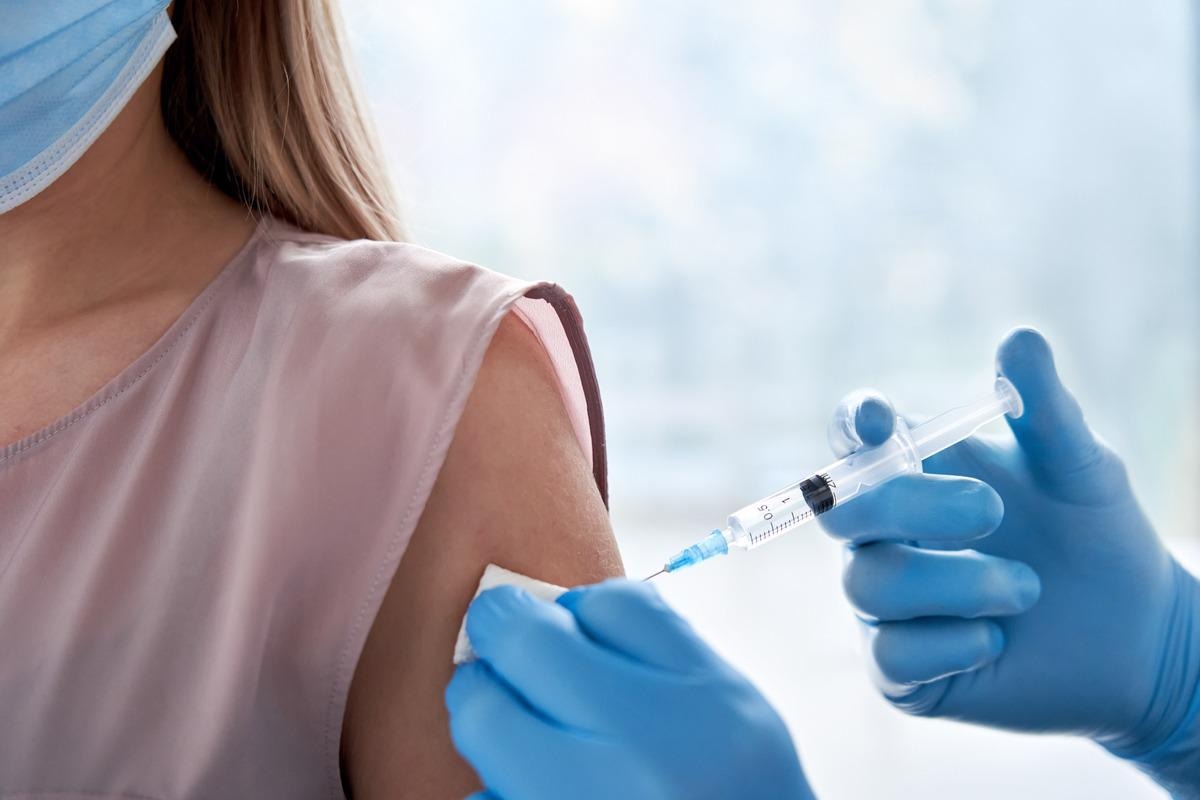Vaccines are composed of the antigen preparation as well as some other ingredients. These serve to enhance the immune reaction to the vaccine (adjuvants), stabilize and prolong the shelf-life of the vaccine (stabilizers) and preserve the vaccine components (preservatives). These are termed excipients of the vaccine.

Image Credits: insta_photos/Shutterstock
Common excipients
Common excipients present in vaccine preparations include:
Antibiotics
Antibiotics are added to the vaccine to prevent the growth of bacteria within the vials of the vaccine during production and storage of the vaccine.
Neomycin and/or polymyxin B are used in the manufacture of vaccines such as chickenpox vaccines, influenza vaccines, DTPa-combination vaccines and measles mumps-rubella vaccine.
Gentamicin is used in the manufacture of some influenza vaccines.
Formaldehyde
Formaldehyde may be present to inactivate bacterial products for toxoid vaccines. This also kills viruses and bacteria that may contaminate the vaccine during production and storage.
Aluminum salts or gels
These are called adjuvants. Adjuvants are added to promote an immune response. Adjuvants in use include various aluminium salts such as aluminium hydroxide, aluminium phosphate and potassium aluminium sulphate (alum). These lead to a more persistent immune response to the vaccine and allows a lower dose of the vaccine to be used.
One way adjuvants are thought to improve the immune response is by keeping the antigen(s) near the injection site so that they can be readily accessed by cells of the immune system. The presence of adjuvants in vaccines can often be associated with the local reactions that occur at the injection site after vaccination.
Stabilizers
Monosodium glutamate (MSG) and 2-phenoxyethanol are stabilizers that increase the shelf life of the vaccine. These protect the vaccine from heat, light, acidity, or humidity.
Additives include lactose and sucrose (both sugars), glycine and human or bovine (cow) serum albumin (both proteins) and MSG.
Gelatin, which is partially hydrolysed collagen, usually of bovine (cow) or porcine (pig) origin, is added to some vaccines as a stabiliser.
Thimerosal
Thimerosal is a preservative containing mercury that is added to vials of vaccine that contain more than one dose to prevent contamination and growth of potentially harmful bacteria.
Several preservatives are available, including thiomersal, phenoxyethanol, and formaldehyde. Thiomersal is more effective against bacteria, has better shelf life and also increases vaccine stability, safety and potency.
Thimerosal is no longer in use in US and the European Union despite this as a precautionary measure due to its mercury content. Although controversial claims have been made that thiomersal contributes to autism there is not concrete evidence to prove the same.
Diluents
These are liquids provided separately and used to dilute a vaccine to the proper concentration prior to administration. This is usually sterile saline or sterile water.
Trace components
These are remaining minute quantities of substances that have been used in the early stages of the production process of individual vaccines. Depending on the manufacturing process used this may include trace amounts of cell culture fluids, egg proteins, yeast, antibiotics or inactivating agents.
Further Reading